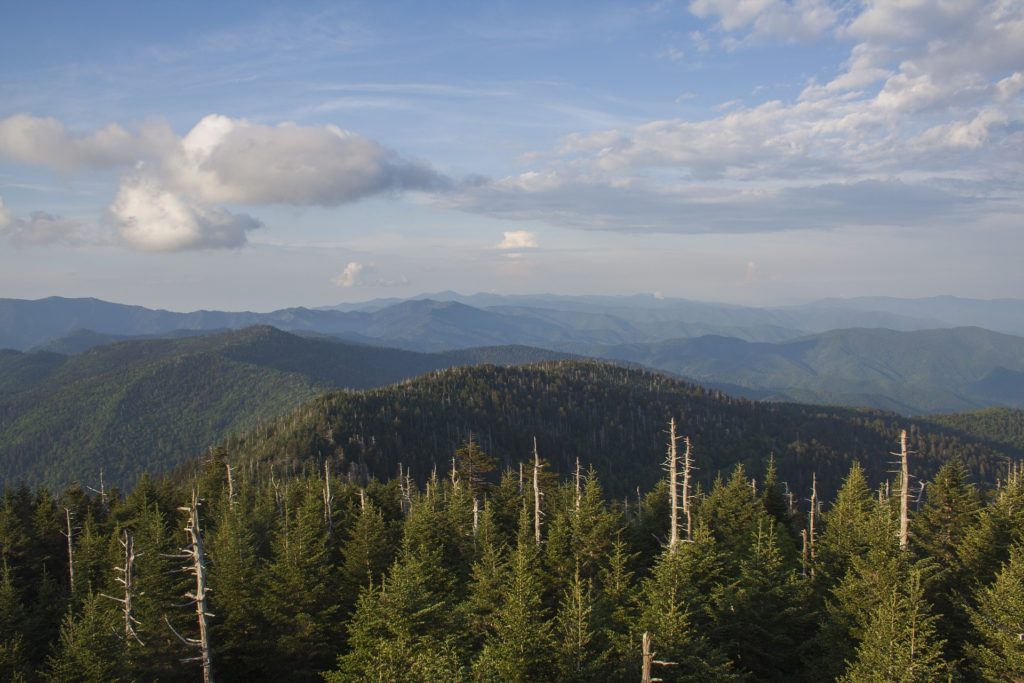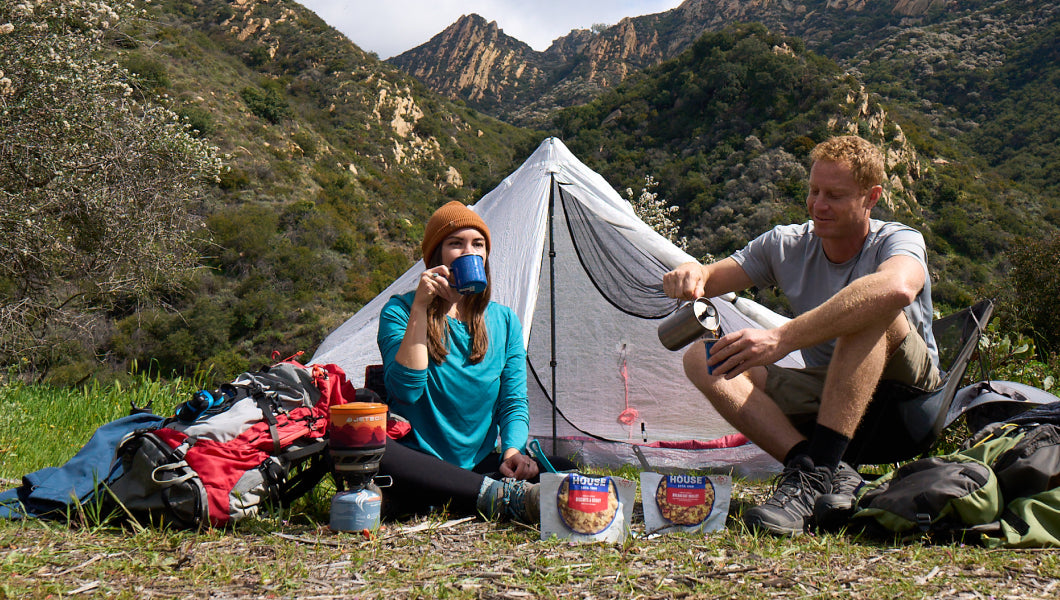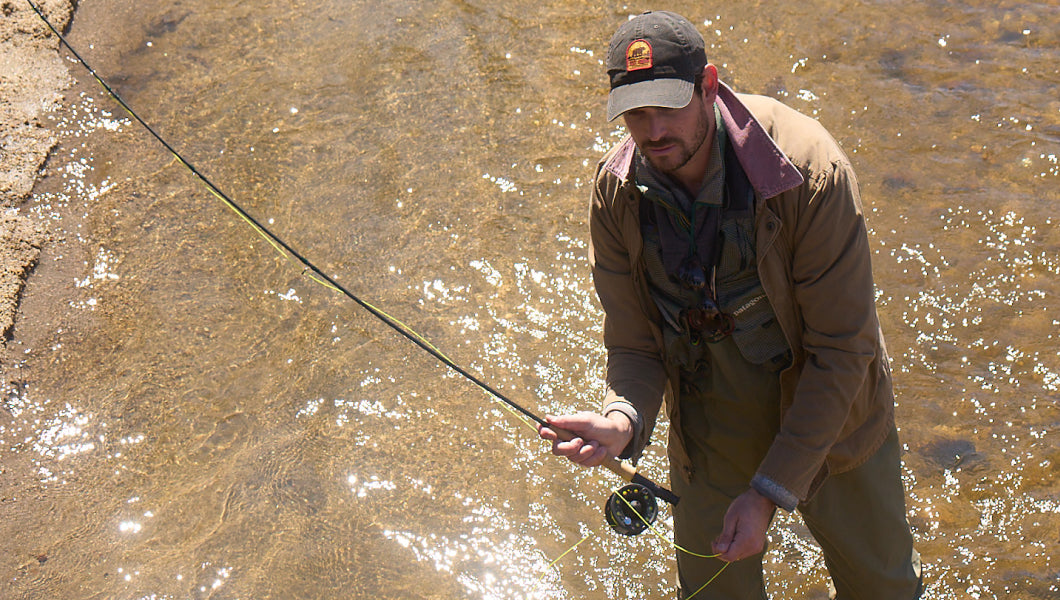Inspired for an Adventure? Check out Beef Stroganoff - Pouch and Beef Stew - Pouch
Free Ground Shipping On All Orders
Over 2,100 Reviews
Add description, images, menus and links to your mega menu
A column with no settings can be used as a spacer
Link to your collections, sales and even external links
Add up to five columns
Add description, images, menus and links to your mega menu
A column with no settings can be used as a spacer
Link to your collections, sales and even external links
Add up to five columns

5 Family-Friendly Peaks to Climb This Summer
Many a mountain summit demands technical skill and gear to surmount—but, then again, many don’t! There are a slew of great peaks in the U.S. that young kids (and hikers of all ages who don’t know their way around a Prusik hitch) can climb up, relishing the long views, the special atmosphere of the high country, and the sense of accomplishment. It doesn’t get much more exciting than kid-friendly hiking trails that include a little peak-bagging.
Here are five examples of mountain climbs/hikes doable for many families. Keep in mind that the difficulty levels vary—not all of these are particularly easy hiking trails by any means—and that, as with any outdoor recreation, you should take proper precautions and be prepared for inclement weather and other high-country contingencies.
1. Old Rag Mountain (Virginia): 3,284 feet
Old Rag’s not the highest Blue Ridge peak in Shenandoah National Park, but it’s certainly the best-known, serving as just about the most popular hiking destination in the park. The peak boasts a rugged look and a ridge crest dominated by fantastic bedrock outcrops of Old Rag Granite.
You can get to the bouldery top of Old Rag Mountain a few different ways, but the classic route is the roughly nine-mile circuit via the Ridge Trail, Saddle Trail, and Weakley Hollow Fire Road.
Encompassing close to 2,400 feet of elevation gain and some rock scrambling, the trek is strenuous and definitely warrants caution; don’t forget to bring along plenty of water.
Besides the impressive granite formations, the summit of Old Rag delivers some fantastic views, including a distinctive 4,050-foot profile of slanted Hawksbill Mountain—the highest summit in Shenandoah—as well as other peaks such as Robertson and Stony Man mountains.
2. Clingmans Dome (Tennessee/North Carolina): 6,643 feet
 Image by Sam Jotham Sutharson from Pixabay
Image by Sam Jotham Sutharson from PixabayStand astride the third-highest mountain in the U.S. east of the Mississippi River by hoofing it up the paved, half-mile path to the top of Clingmans Dome in Great Smoky Mountains National Park. There you’ll find a 45-foot-tall observation tower that delivers panoramic vistas from the apex of the Great Smokies, the massive Southern Appalachian range anchoring this most popular national park in the country.
Basking in the 360-degree visual feast, you and the gang can also take pleasure in standing at the high point not only of Tennessee but also the 2,200-mile-long Appalachian Trail, which tops out here.
Clingmans Dome is also an easily accessible spot for experiencing the spruce-fir forest that drapes the highest country of the Southern Appalachians, though the Fraser fir that helps compose it has been battered by the balsam woolly adelgid, an invasive pest that’s left a lot of ghostly snags in its wake.
3. Mount Sherman (Colorado): 14,036 feet

Situated in the rolling heights of the Mosquito Range close to Fairplay, Mount Sherman’s among the very easiest of Colorado’s famous “Fourteeners” to climb, making it an ideal gateway peak for families looking to experience the thin air and far-reaching sightlines of the Southern Rocky Mountains. Walk with the kids up to this summit, and maybe you’ll inaugurate a family goal to climb as many Fourteeners as possible.
The views from the top include great looks at the Sawatch Range to the immediate west and the vast grassy flat of South Park below to the east; under clear conditions, the famous Pikes Peak peeks out along the eastward Front Range skyline.
The hike up and back is just a bit more than five miles. It’s not a severe grade, but of course you’ll want to account for the significant altitude and allow time for plenty of rest breaks. Keep in mind, too, that—accommodating a climb as it is—Mount Sherman experiences the same frequent summer thunderstorm patterns as the rest of the Colorado Rockies, so pay heed to weather reports, get an early start on your trek, and try to be down by early afternoon (also, a heads up: the route up Mount Sherman crosses private property, so stay on the trail).
4. Saddle Mountain (Oregon): 3,288 feet

Most of the Oregon Coast Range peaks are heavily timbered (or logged-over) knobs and humps of modest profile, but Saddle Mountain in the northern Coast Range between Portland and Seaside is an exception. This double-summited peak has a rugged, open crown of Columbia River Basalt: a bald and outcropped massif that looks spectacularly out of place in its immediate surroundings and makes a distinctive outline in many regional vistas.
Especially in late spring and early summer, Saddle Mountain’s an incredible wildflower garden; later in the summer, take advantage of the Oregon dry season’s abundant sunshine to soak up the often-superb summit views (keep in mind, however, that it can be foggy or drizzly here even this time of year—although a little mountaintop mist provides its own cool atmosphere).
Those views reach from the Pacific Ocean eastward to the snowy giants of the High Cascades; if skies are really clear, you can make out the icy peaks of the Olympic Mountains far to the north.
The roughly 5.5-mile round-trip hike involves more than 1,600 feet of elevation gain, so despite Saddle Mountain’s unassuming height this’ll be a huff-and-puff undertaking.
5. Mount Whitney (California): 14,505 feet
For families in good physical shape and with older kids, the highest peak in the contiguous U.S. makes one of the preeminent American summit hikes of all. The granitic loom of Mount Whitney caps the magnificent Sierra Nevada—one of the most beautiful mountain ranges on Earth—and includes the striking contrast of a gentle west slope and a dramatically sheer east face overlooking the edge of the Great Basin. From mid-summer to early fall, the Mount Whitney Trail allows fit hikers to make the climb without mountaineering equipment as either a long, demanding day hike or a backpacking overnighter.
From Whitney Portal to the top and back, the trail is a 22-miler rising more than 6,200 feet, so if you’re tackling this as a day hike expect a full 12-hour-plus workout and bring headlamps in case night falls before you get back to the trailhead (or if, as Whitney day hikers often do, you strike off before sunrise). Expect stunning scenery along the entire trek, and of course a viewshed to remember from the flat-topped summit of this great gray tabular peak.
The Family That Climbs Mountains Together...
Not many family experiences in the outdoors can compare with reaching a mountain summit together on foot. Here’s wishing you some safe, stirring “climbs” together this summer! And if you want to dream of much more technical peak-bagging, don’t miss our Mountain House roundup of America’s classic mountaineering adventures.

Best Places to Go Winter Wildlife Watching in North America

Exploring the Best Winter Desert Hiking in the Southwest United States


Stay Hungry for Adventure
Sign Up for Delicious Outdoor Meals & Exclusive Offers!


Join the adventure
©2024 Mountain House — All Rights Reserved.
Your Cart is Empty
Continue ShoppingYour Cart
Subtotal
$0.00
EXPRESS PAYMENT METHODS AVAILABLE IN CHECKOUT
Taxes and Shipping Calculated at Checkout















 Image by
Image by